No description yet: Can you help?
Kultur- und Kongresszentrum Liederhalle
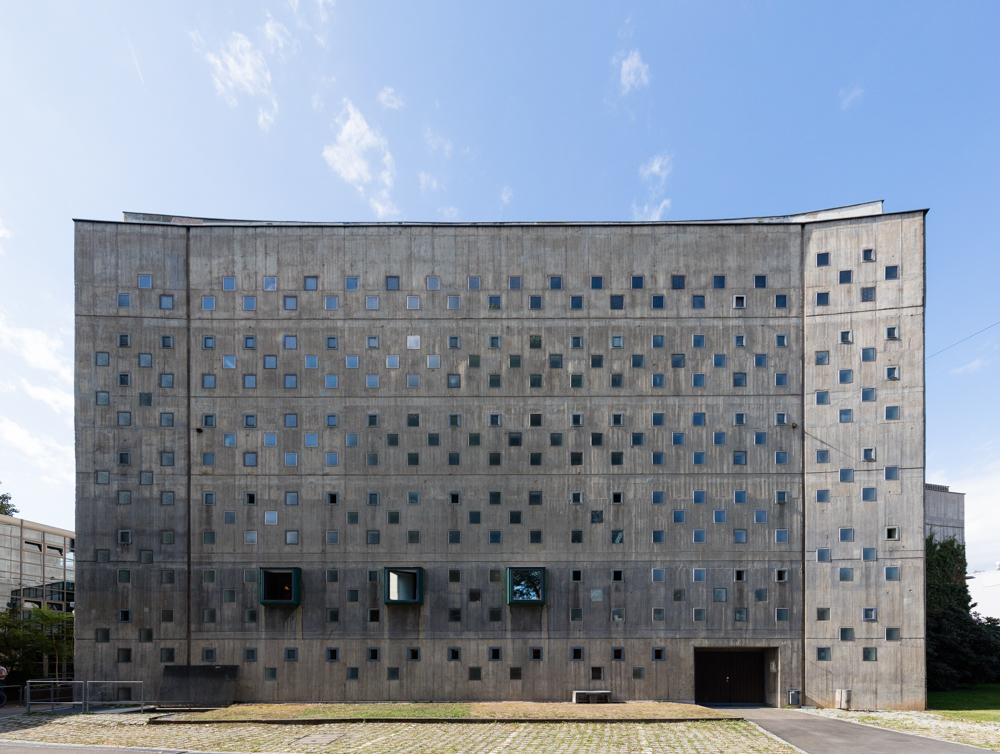

No description yet: Can you help?

No description yet: Can you help?
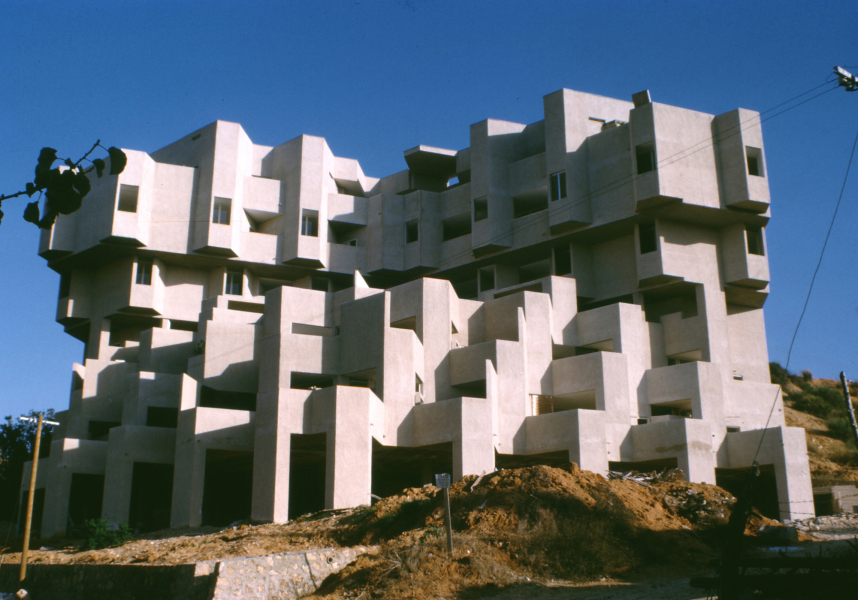
No description yet: Can you help?
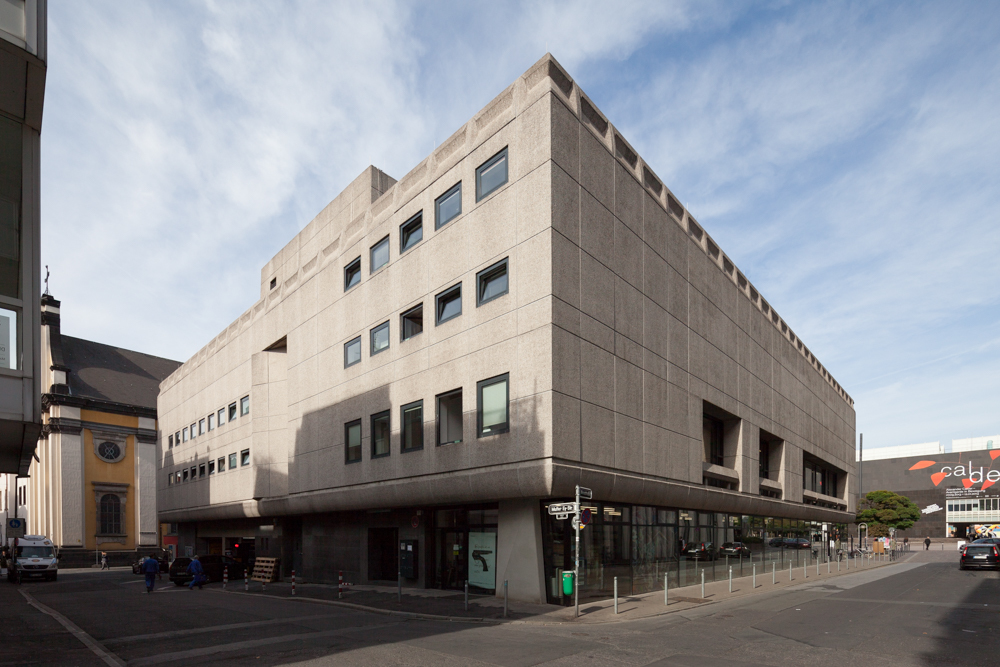
The art gallery, which was built at the same time as the neighboring Schmela Gallery is a great example of the Brutalist play with contrasting elements: The material’s roughness is being softened by the rounded edges while the “hovering” construct…

No description yet: Can you help?
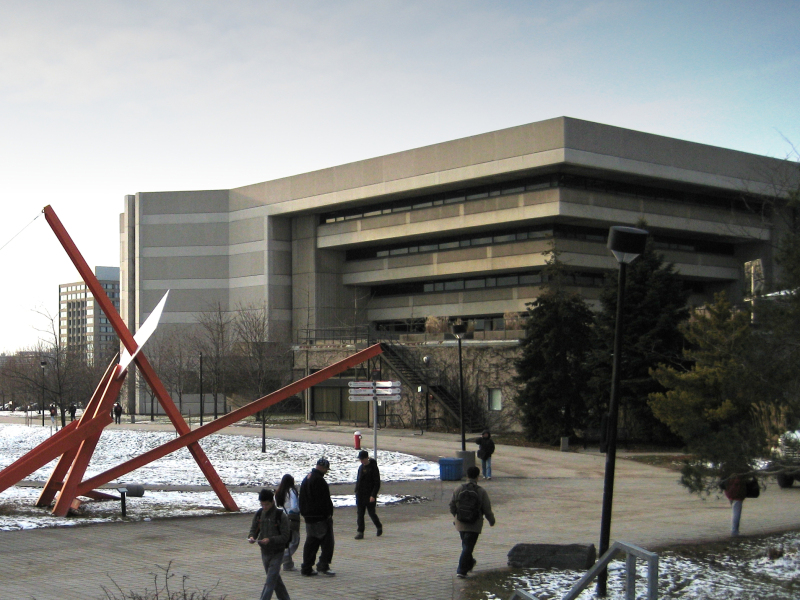
No description yet: Can you help?
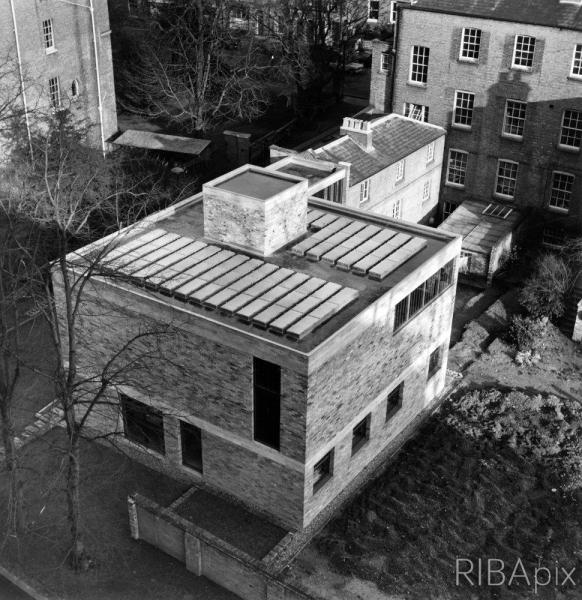
No description yet: Can you help?
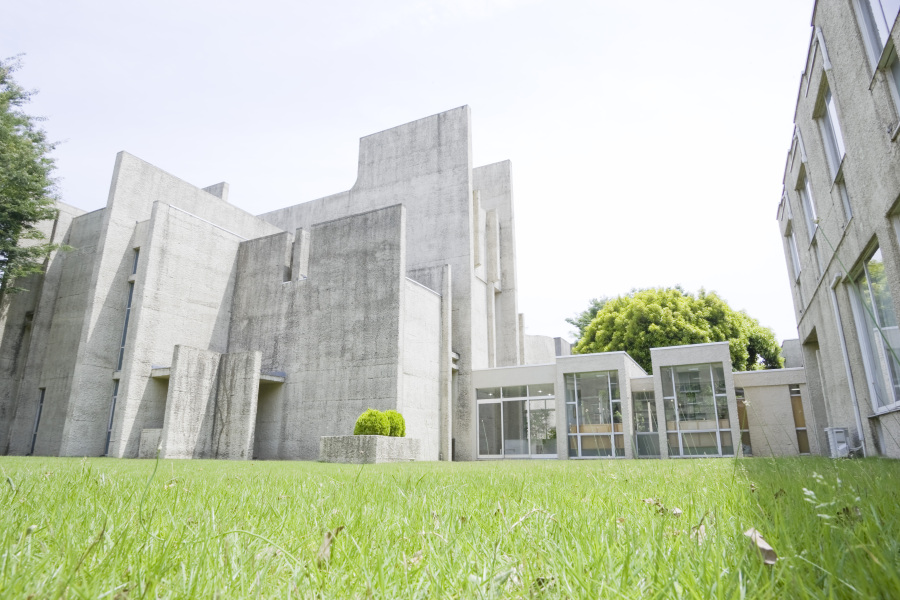
No description yet: Can you help?

No description yet: Can you help?
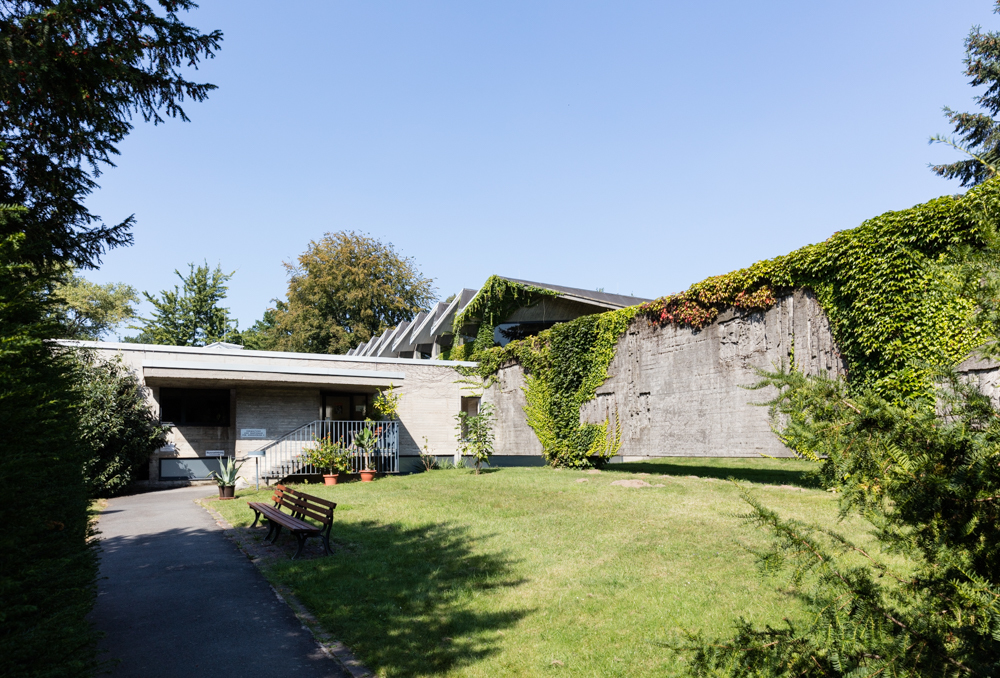
After the AfE Tower was demolished and Historisches Museum and Technisches Rathaus both torn down, it is one of the last surviving brutalist buildings in Frankfurt/Main. The long wall that flanks the path of the mourners (designed by artist Otto Herbert…

Especially craggy example of Förderer’s approach to designing buildings as large sculptures. His work straddles 1960–1978. Mostly he created churches and schools before abandoning the profession. He went on record saying that this kind of architect…
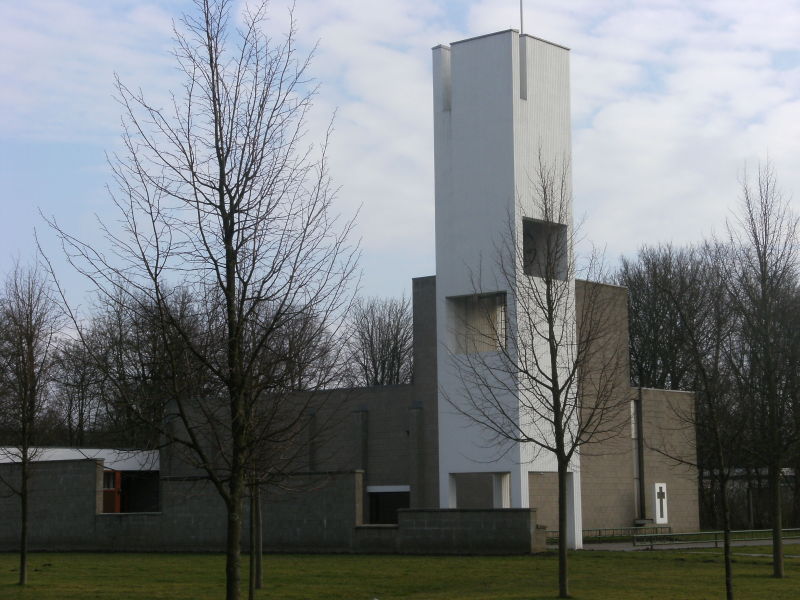
No description yet: Can you help?
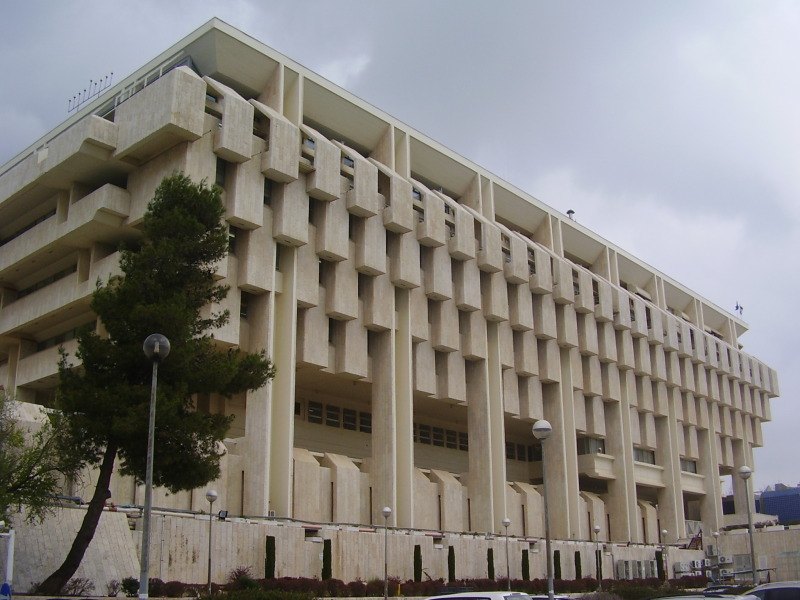
No description yet: Can you help?
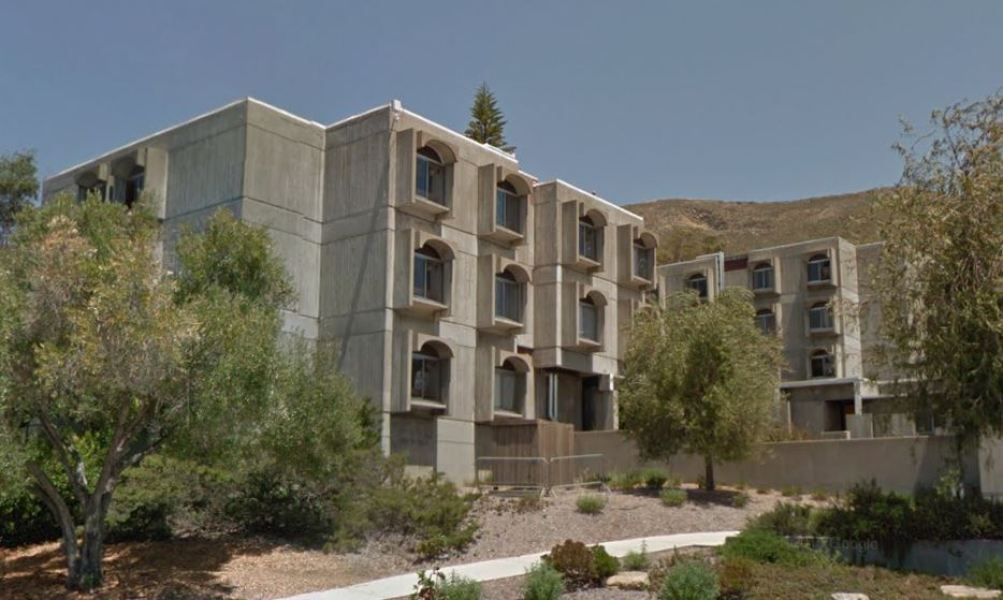
No description yet: Can you help?

Combination of bus terminus for a maximum of 80 double-decker buses and 4-storey car park for 1,100 cars. The huge edifice measuring 170 meters in length effectively places something the size of an airport in the center of a town with 140,000 inhabitant…
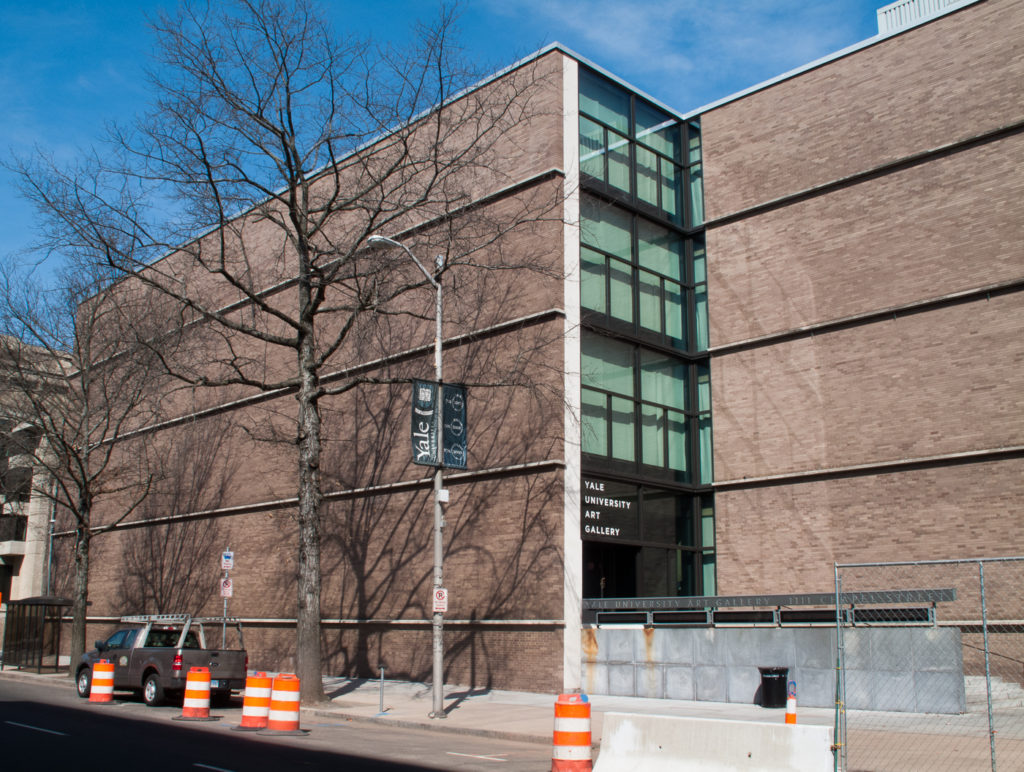
In 1955 Banham ranked this building as the second most important example of brutalism after the Smithsons’ design for the Hunstanton School. That said, he felt Kahn’s handling of details was too “arty” and the visual unity of inside and outside …

The administrative complex consists of multiple hexagonal segments, grouped around a core. The various parts are offset by half a level and connected with stairs. This split level layout creates a continuously ascending, spiral office space. With the su…
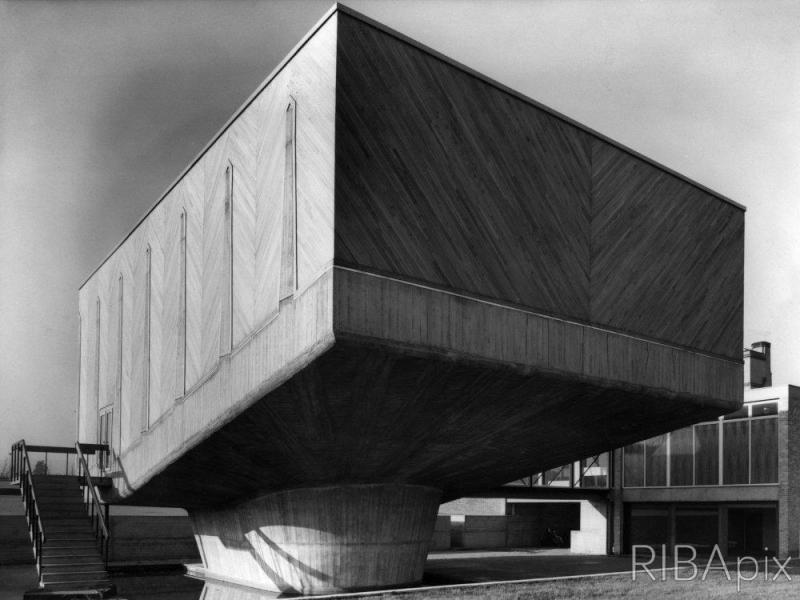
No description yet: Can you help?
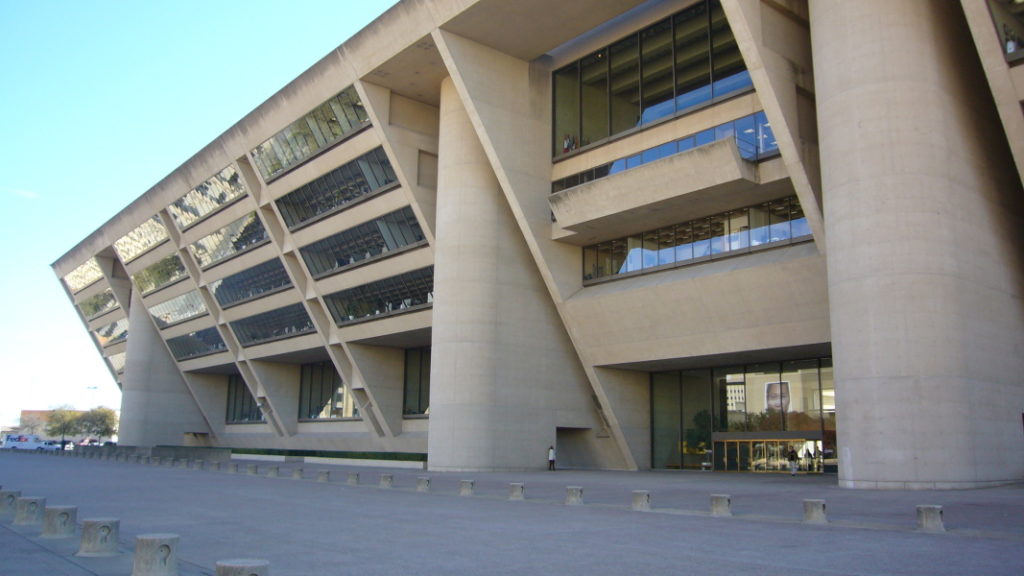
No description yet: Can you help?
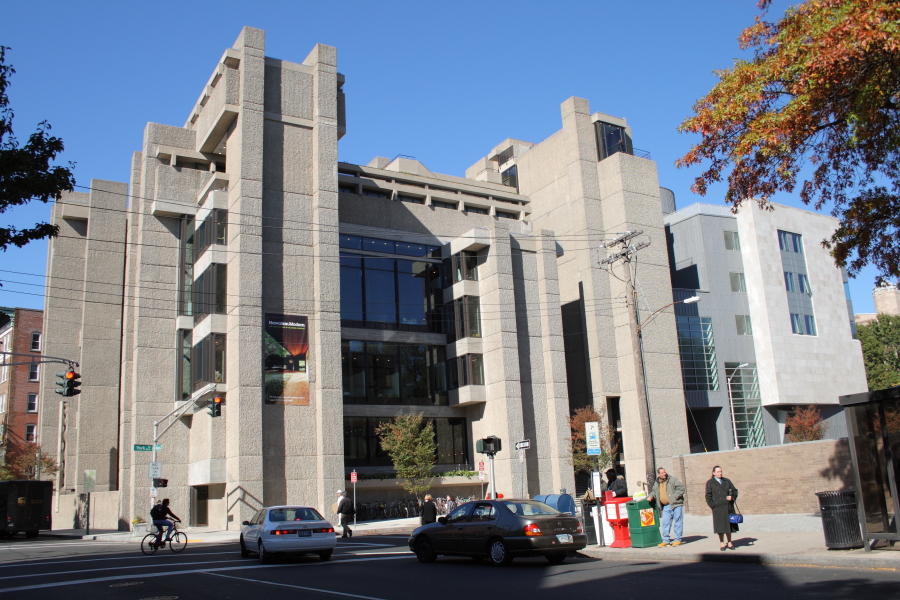
Highly controversial among the experts from the outset. Nikolaus Pevsner was the speaker at the opening, but was skeptical to the point of almost being impolite. The building responds in terms of urban fabric to the introverted Yale Art Gallery by Louis…